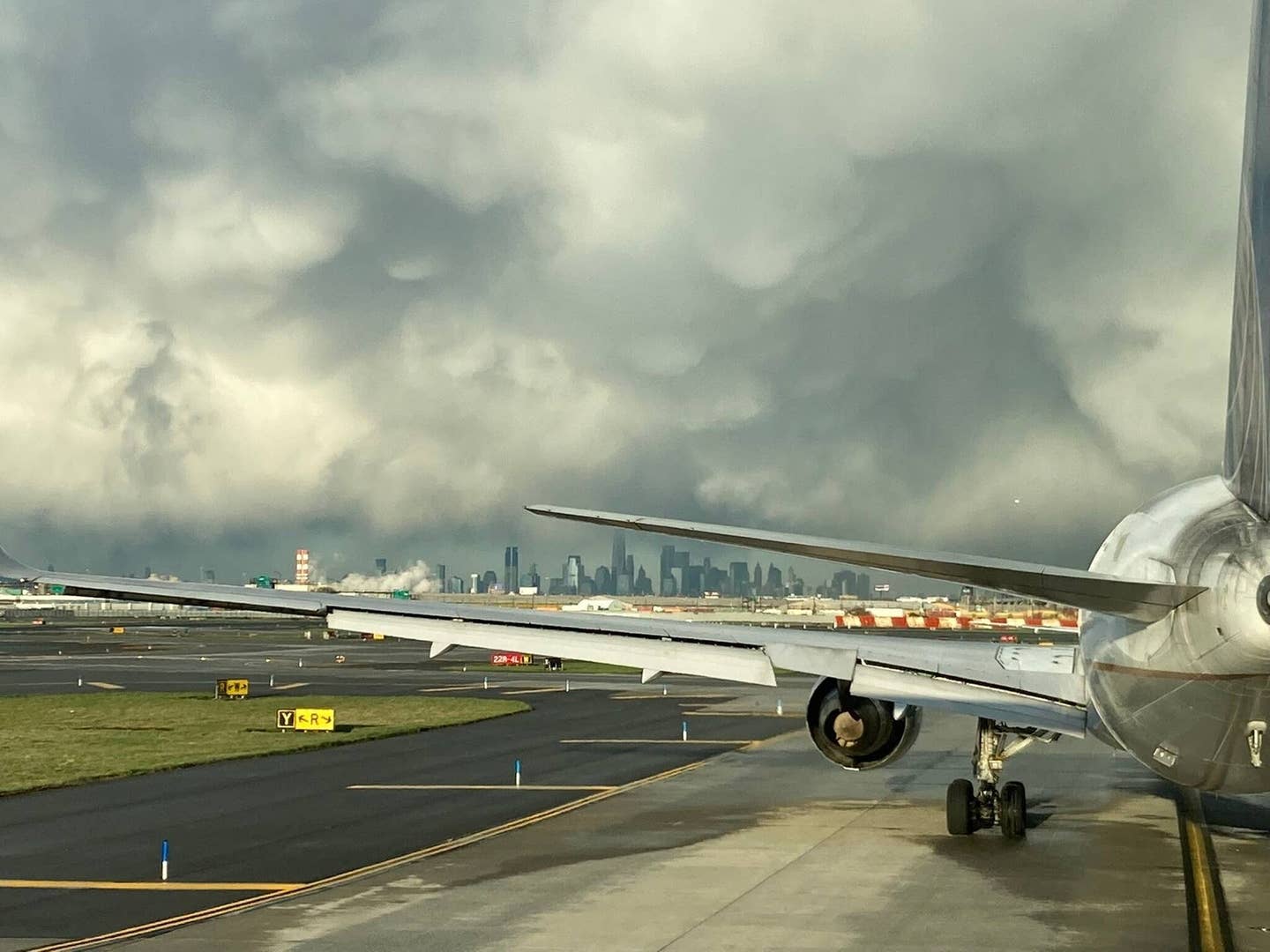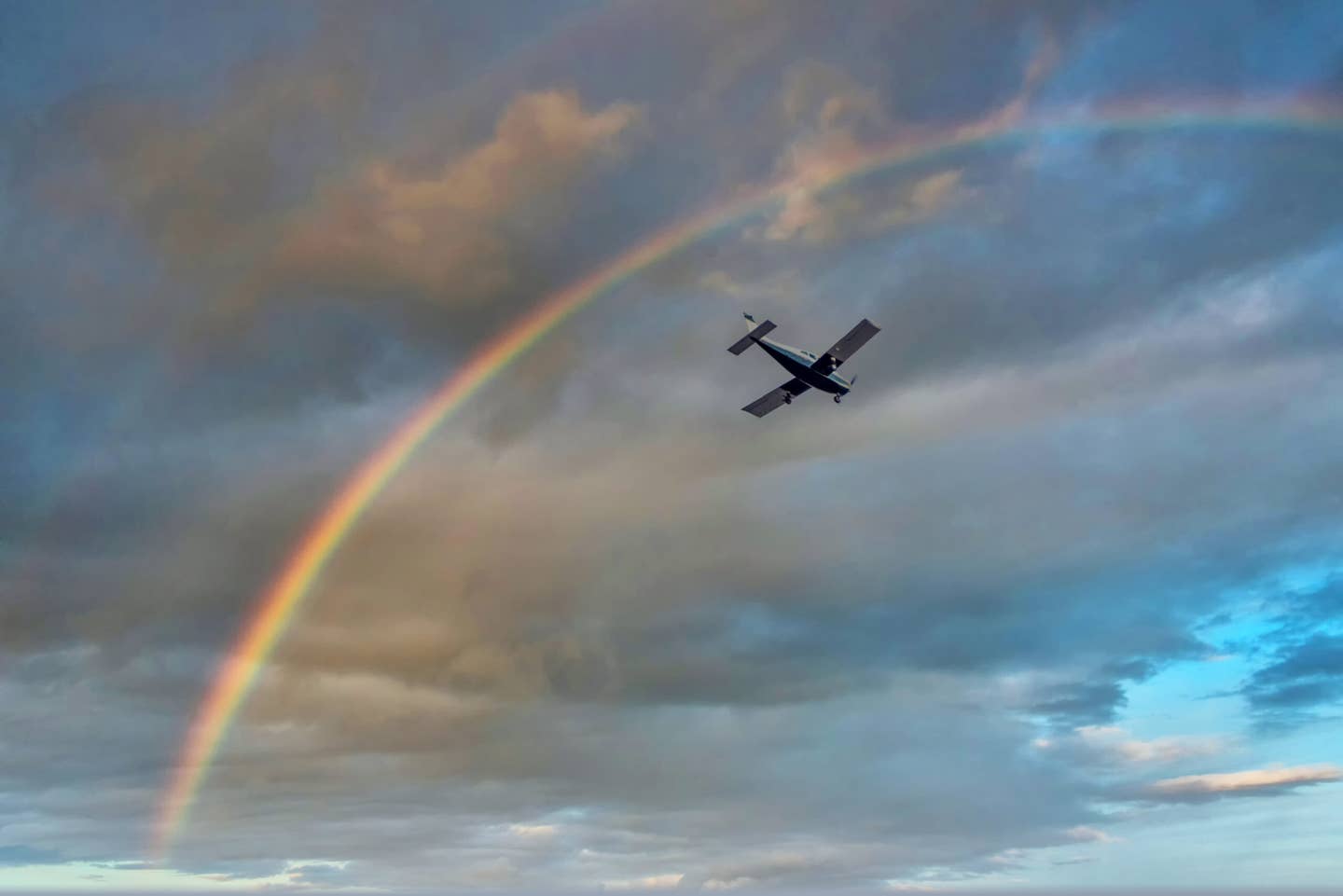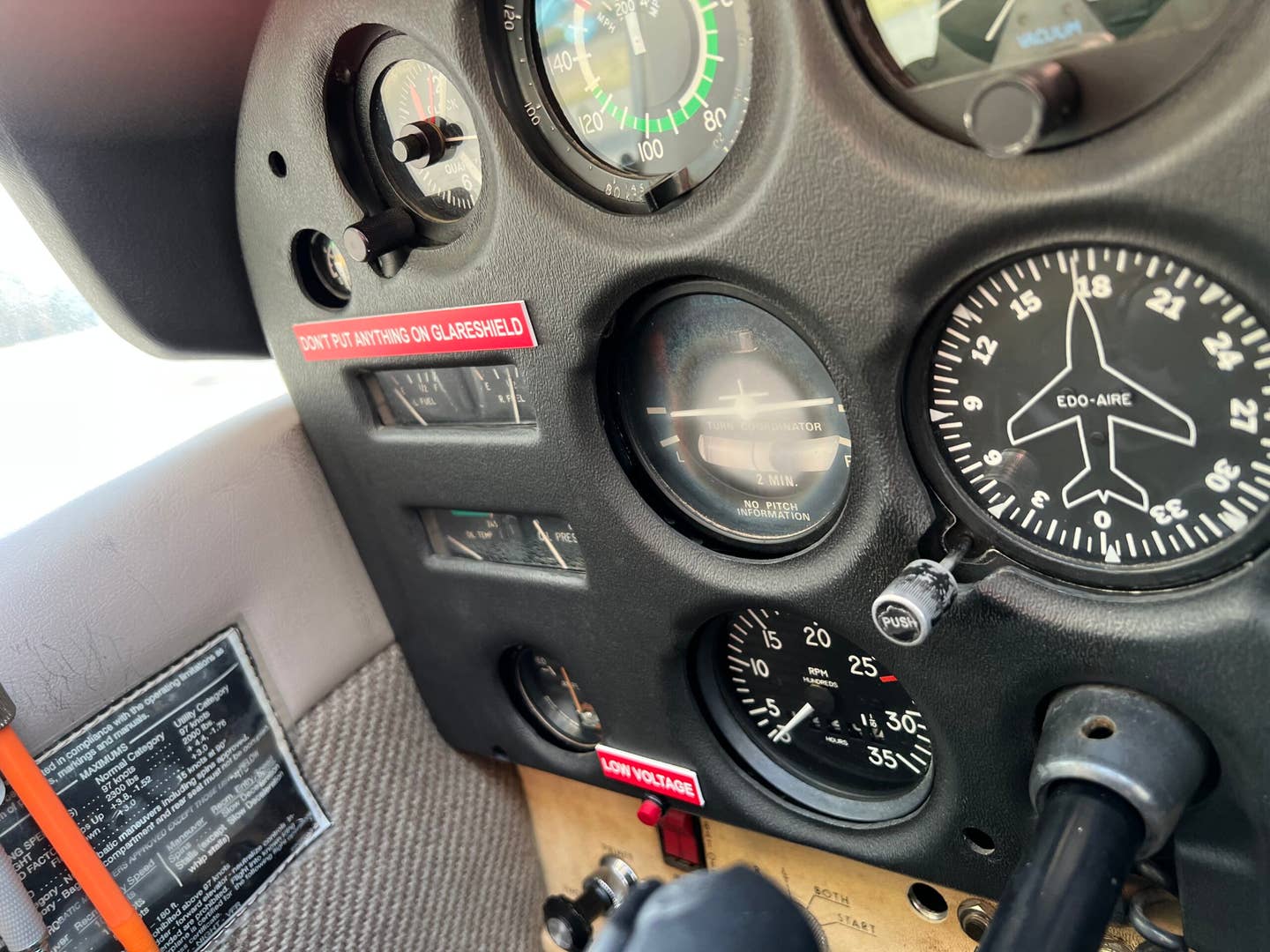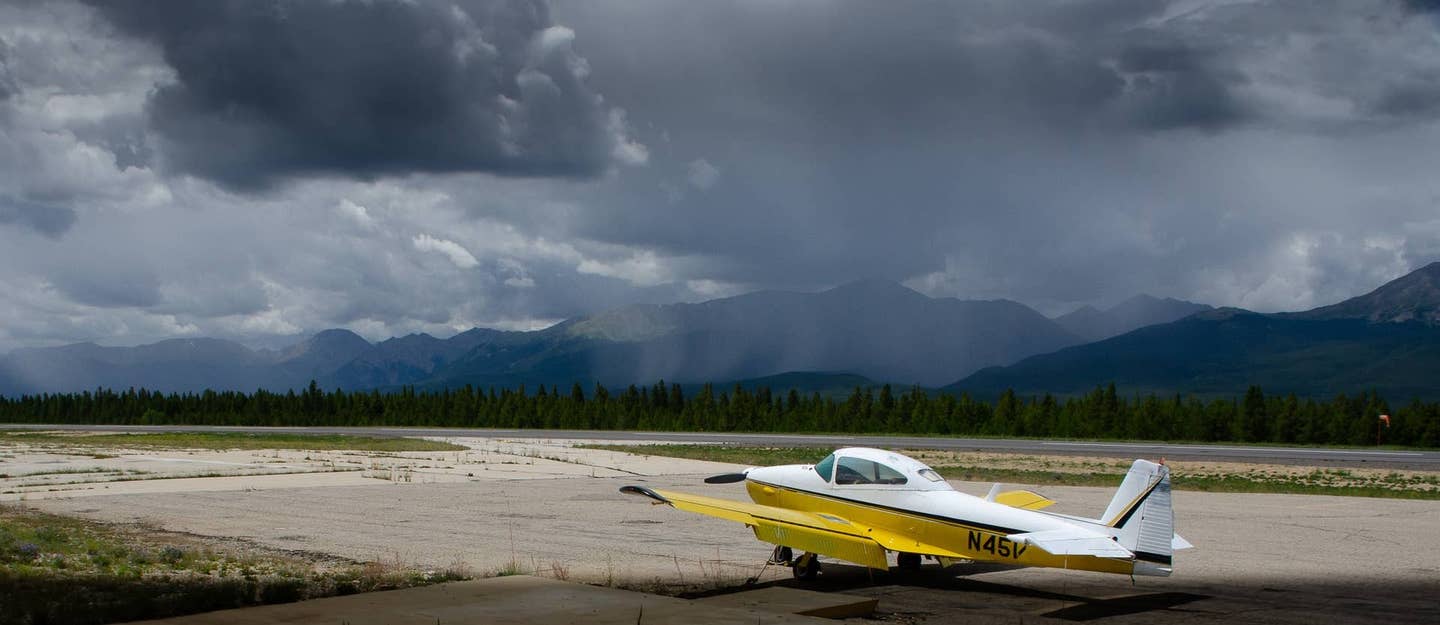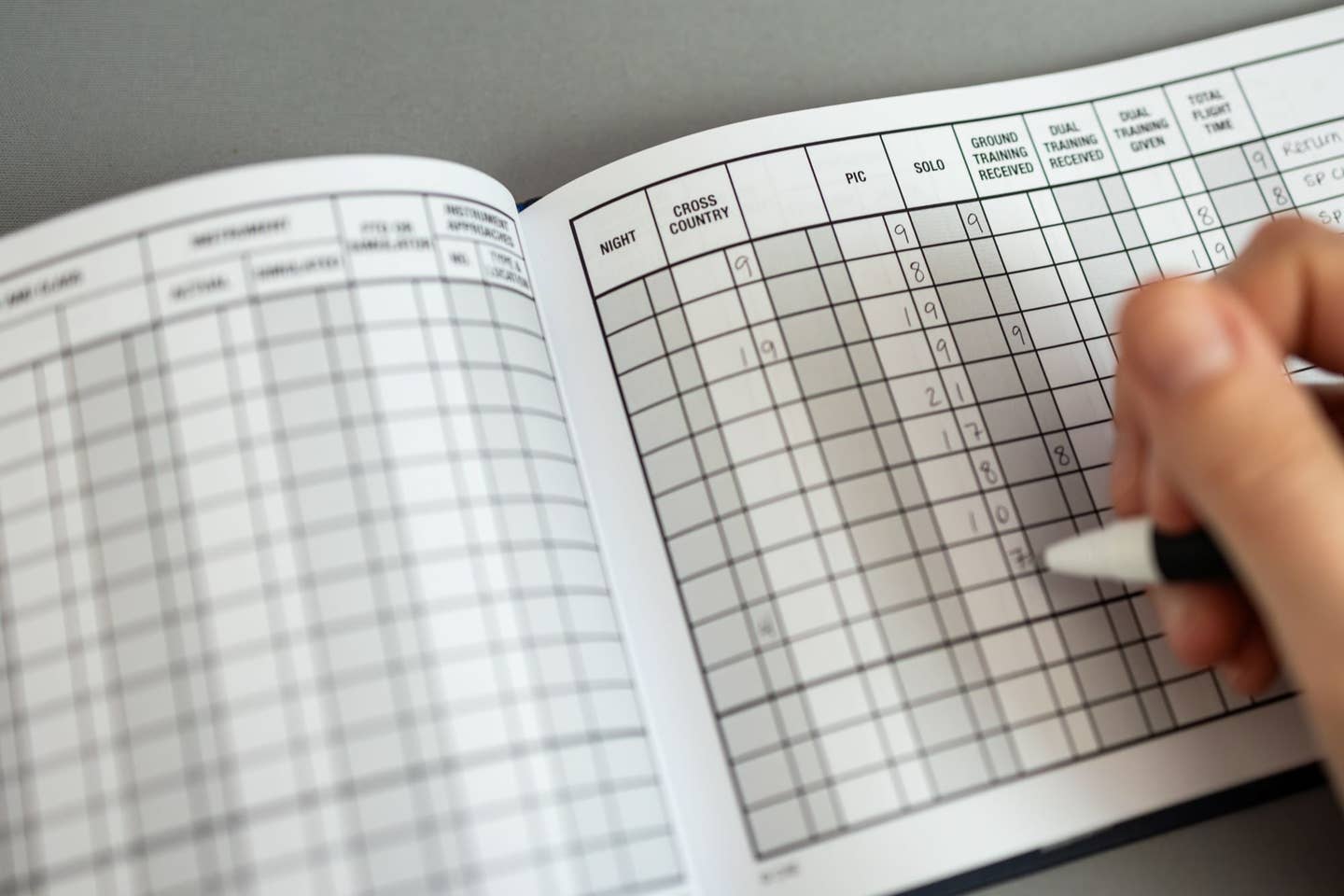
BLOGBOOK ENTRY 4: To supplement my training during my off weeks, I'm working through the Sporty's Complete Pilot Course: Private Pilot interactive DVD course, which is part of Sporty's What You Should Know series. The notebook includes 7 DVDs the first 4 are enough to get you through your recreational pilot training, while the rest get you through your private pilot training. Each dvd is about 2 hours long give or take 20 or 30 minutes. A Training Course Outline is included for the instructor to monitor progress and sign off on satisfactory completion. The Practical Test Standards Study Guide: Private Pilot cross-references topics with the corresponding DVDs. And Flying's own editor emeritus Richard Collins plays a star role: He opens the series and hosts brief Air Facts segments featuring flying tips and techniques throughout the course. The DVDs seem to offer a good overview of the basics, with chances to take interactive quizzes with anywhere from 2 questions to 5 after each section. I'm guessing the questions that are chosen are considered the most important info you need to know. If you choose the wrong answer, it gives an expanded reason as to why it's wrong. The same w/the correct answer: some include expanded information in the answers where applicable, which is nice. [Note: Typically, this course would be used by a person who is working toward a private's license on his/her own time for the written portion and having his/her flight instructor monitor the course work. My case is a bit different: because I will likely have long periods of time in between sessions, and I'm using it to keep "fresh" the weeks I'm not at attending FlightSafety.]
BLOGBOOK ENTRY 5: Going to get my FAA medical exam for a student pilot's certificate — for the second time in my life — lifted the blinders I've so aptly been able to keep on. How things have changed. Not with the exam (or even the quirkiness of aviation docs), but with one's life. Ok, I'll just say it: I'm getting old. The last time I did this I was 15 — and healthy as a horse with not a worry to knit about. Now, many, many moons later, not so much. The morning of the exam I awoke at 4 a.m. fretting. Would I pass the medical so I could continue this grand adventure I started so long ago?
At this point along my life's continuum, the biggest rude awakening of my aging was the decline in my vision. Four years ago I had 20/20. Then came the reading glasses, with new scripts each year. Then, in the last year, my distance became just one click off from being clear. Oy. I knew I had to get it figured out before getting back into the air. The answer: contacts for distance supplemented with drug store reading glasses. But, lying there, I couldn't help but wonder if this new set up, would be enough. The other bit nagging at the back of my mind was the blood pressure test. My blood pressure has been in question, it seems to spike when I go to the doc's. Whitecoat syndrome or serious problem? Surprisingly, the bp "pass" number for FAA med exam was high: one had to be at or below 150/80. Surely, mine would be lower than that!! But, who knew what my numbers would be. The moment I walked into the doctor's office and said hello, I knew this doc was a "character." He was chipper, friendly and animated — and hanging from the small office's walls were aviation pictures … a jet, a biplane … all slightly askew. He fit the bill so far. [In my yute, I gleaned from listening to conversations about medicals between my dad and his pilot friends that though aviation docs knew their stuff, they were always "characters."] And he was patient and seemingly sound of mind (which, unfortunately, did little to calm my pounding heart and dry my sweaty palms). Before we got started, I explained my blood pressure concerns and asked him what the real truth is about what seems to be an ongoing debate within the medical community. His answer didn't clarify the debate much, but he did say that if there's a concern, to be sure, I should go to the local fire station 10 times or so over the course of two weeks, each time at different times of the day, and then take an average. Just that advice alone was more concrete than anything any other doctor has given me. On to the exam, of which I thankfully passed with a thumbs up. While sitting in the waiting room for the nurse to type up my certificate, I admitted to myself that the early hours of worry were for naught and felt a little silly. I also realized from glancing around the waiting room and listening to the open exchanges between the more-than-middle-aged patients and the doc that maybe I wasn't the only one up knitting this morning. Two of them had to have EKGs as part of their medicals (one of whom was an airline pilot, so there was at least one job dependent on the exam's outcome).
Silly or not, I gladly took my yellow certificate and added it to the "yellowed" certificate safely ensconced between the pages of my newly found logbook. All was a go for my first sessions at FlightSafety. I could rest easy for now.

Sign-up for newsletters & special offers!
Get the latest FLYING stories & special offers delivered directly to your inbox


